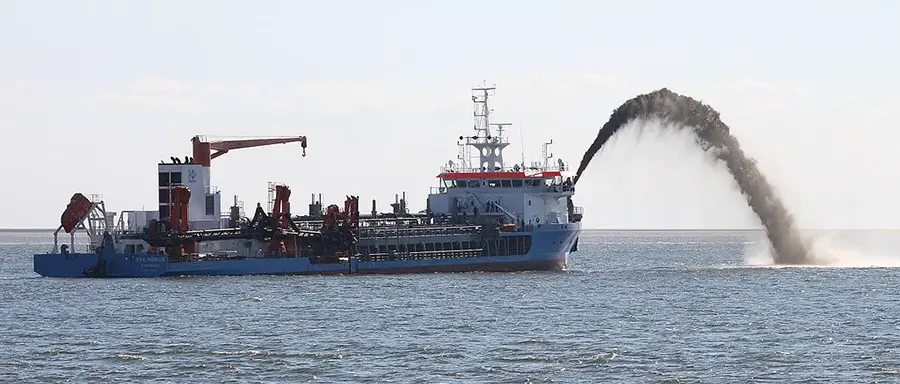

Remediation dredging can clean-up contaminated waterways as well as settlement or sludge ponds, or mine tailing ponds and rehabilitate contaminated industrial areas, known as ‘brownfields’, which can then be redeveloped. Environmental remediationĮnvironmental remediation: to remove or remediate underwater pollutants to improve water quality. Offshore energy: to level the seabed for underwater foundations upon which oil and gas platforms and monopiles for windmills at sea are placed, as well as laying pipelines, cables and tunnels and backfilling them with rock for stability. Flood controlįlood control: to improve or maintain the discharge and flow of rivers, channels and other waterways by maintaining, increasing or realigning watercourses or by constructing control structures such as dams, dikes or levees.

This restoration serves a dual purpose – to improve areas for recreation for residents and tourists, but also to build dunes that protect the hinterland from high tides and floods. Beach nourishmentīeach nourishment: to provide fill material to restore beaches that have suffered from erosion. These materials are used as fill to construct new land areas, such as artificial islands for industrial and residential zones and airports, causeways and highways, as well as for dams, dikes and wildlife habitats. Construction and reclamationĬonstruction and reclamation: to provide construction materials like sand, gravel, shell and clay.

This may be new work – known as capital dredging – or maintenance dredging when it is regularly done to maintain existing waterways. Navigation dredging: to create or extend harbours, basins, canals, marinas and other facilities. Dredging is carried out for the following reasons: Navigation dredging


 0 kommentar(er)
0 kommentar(er)
